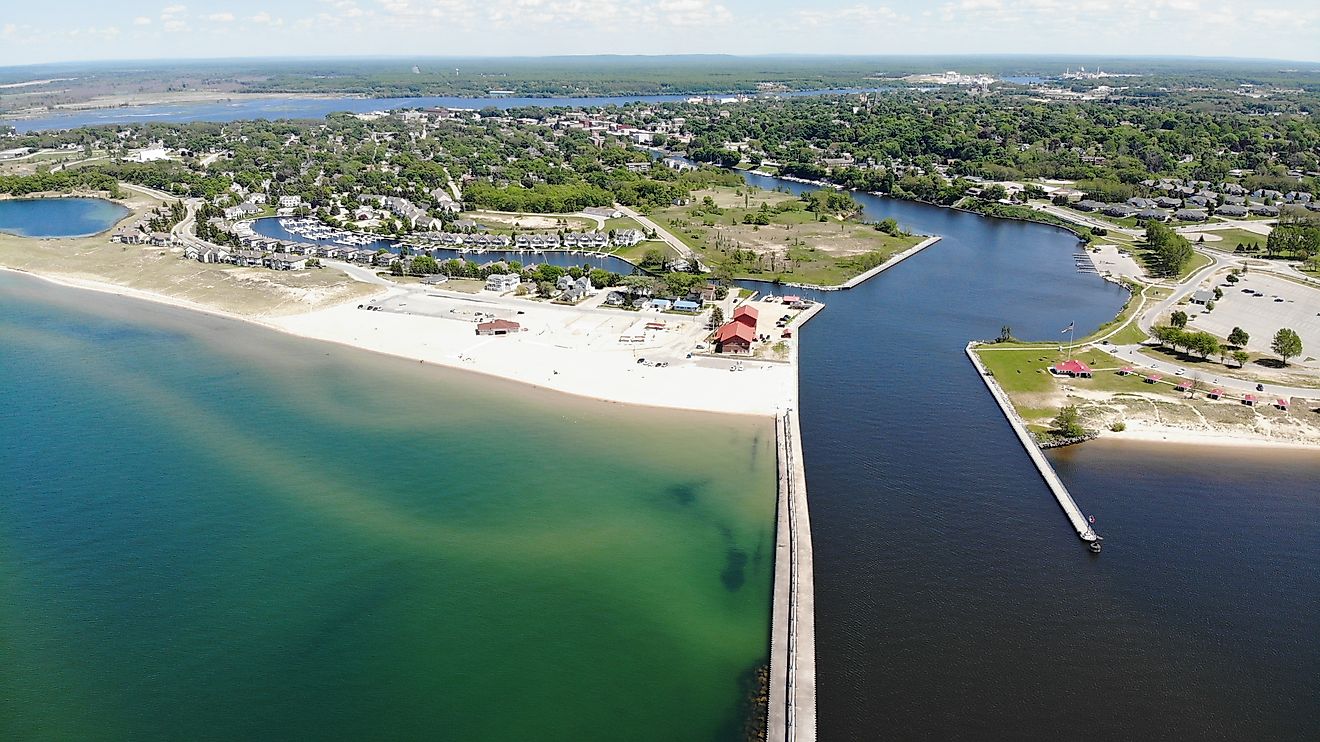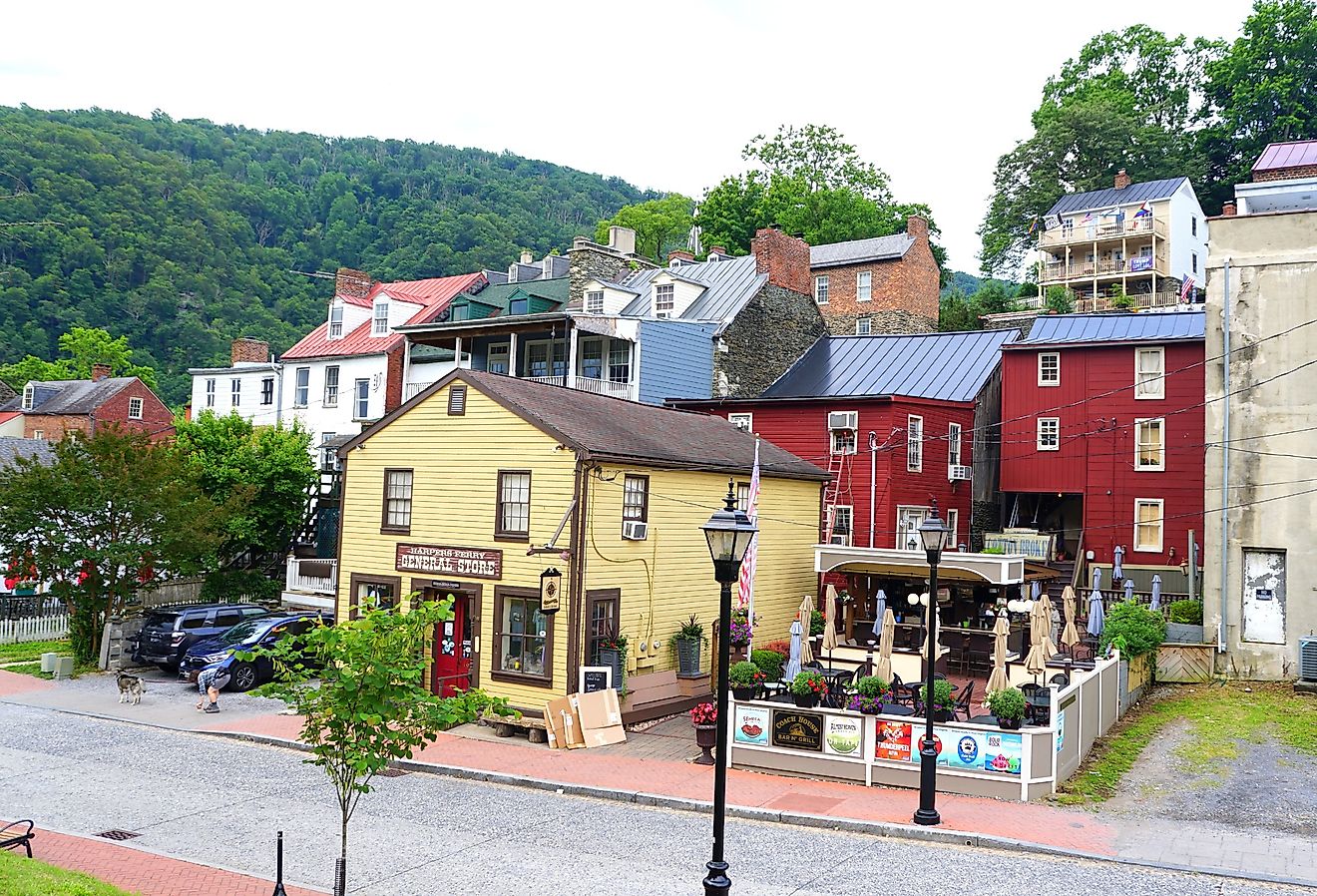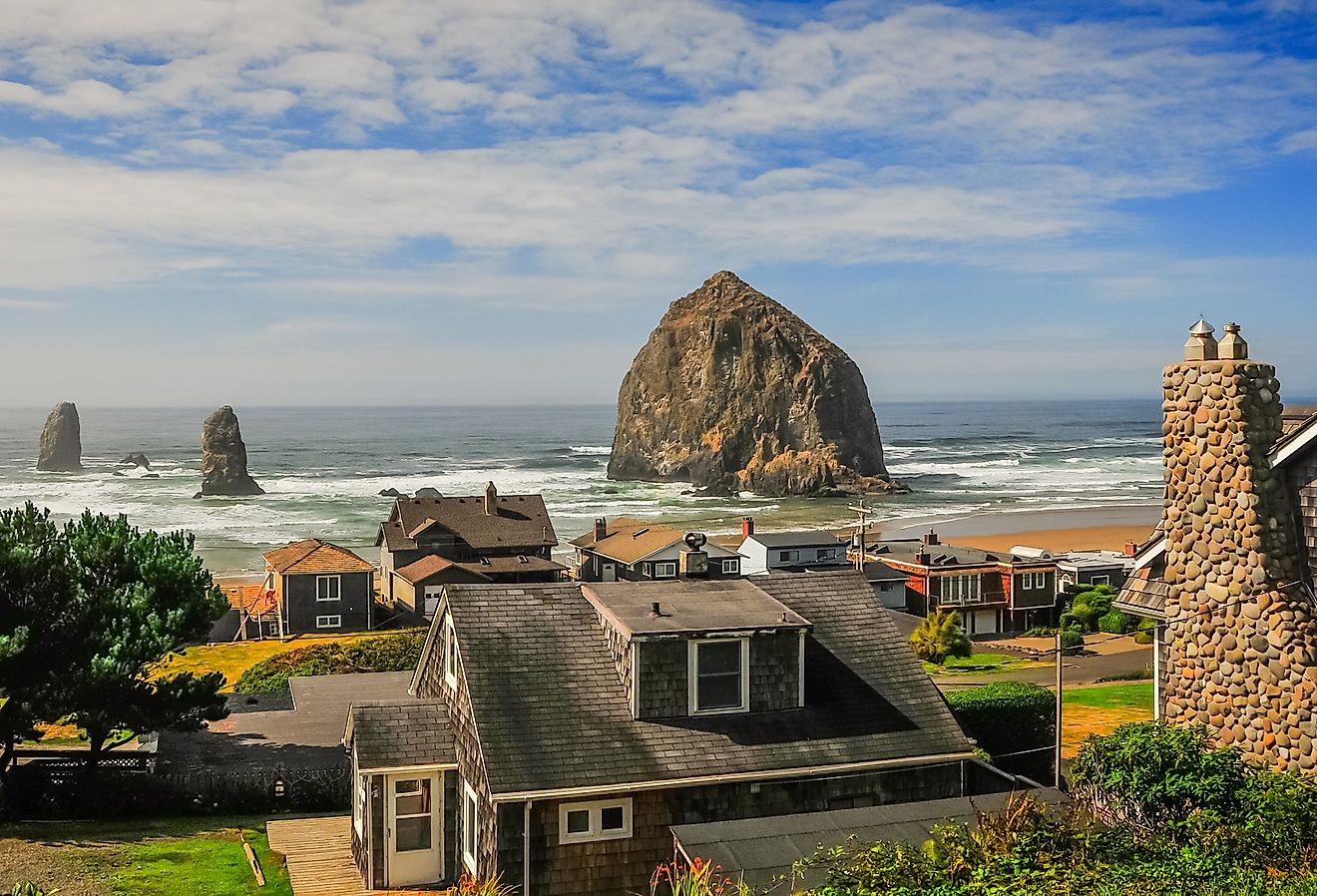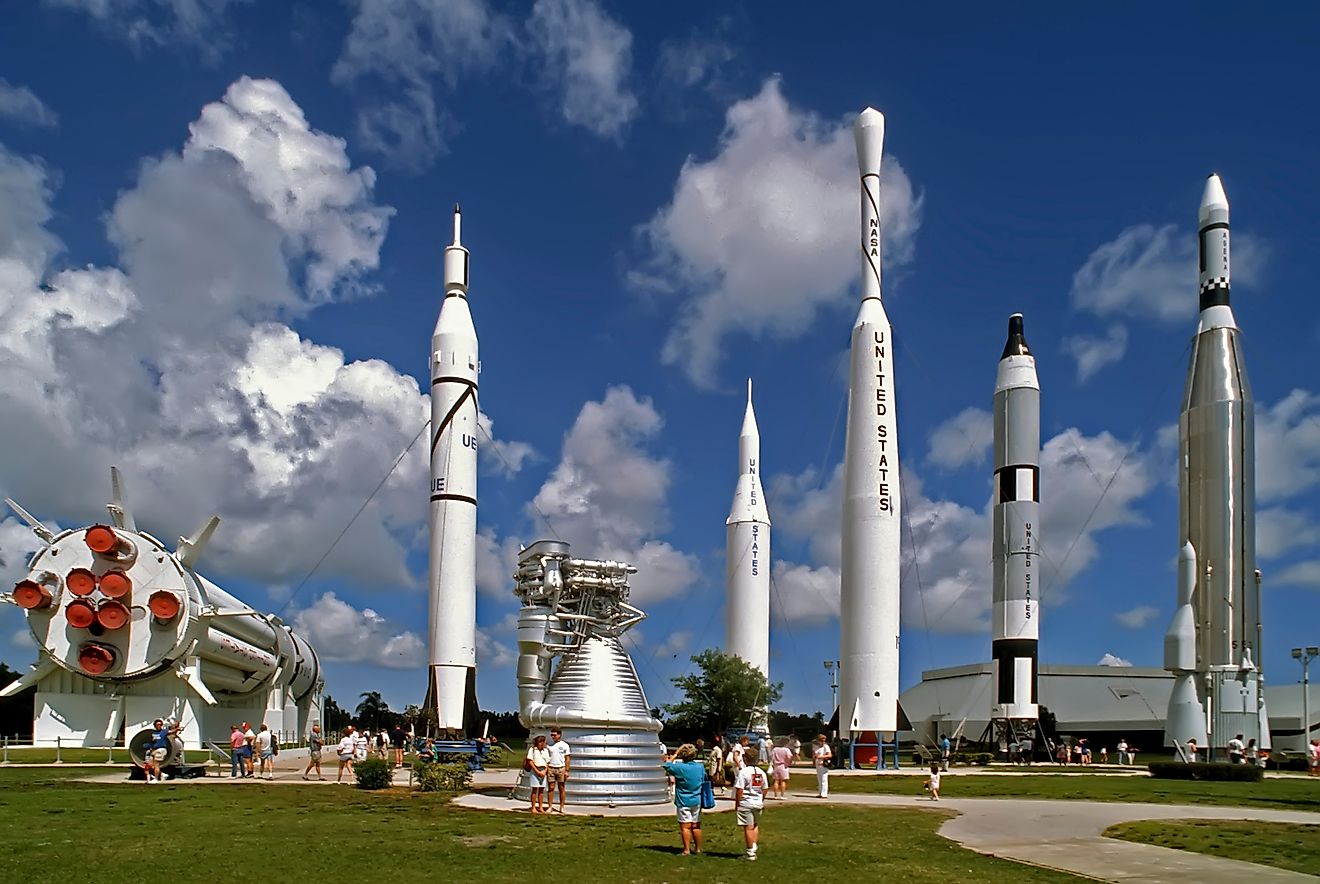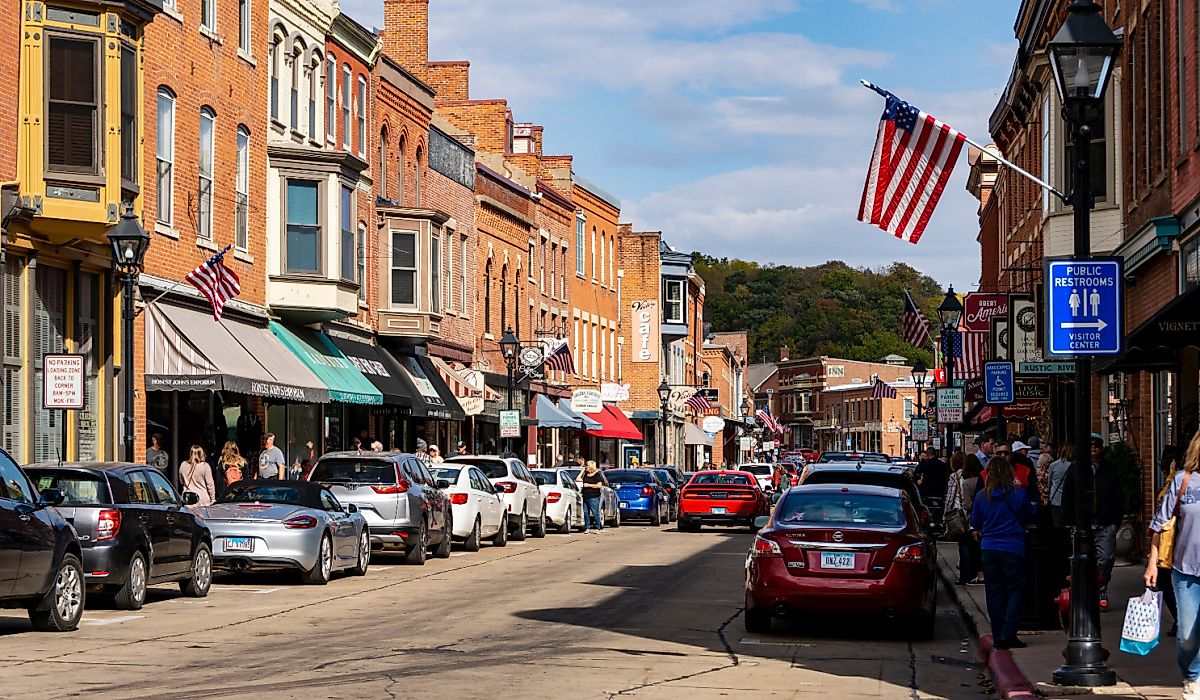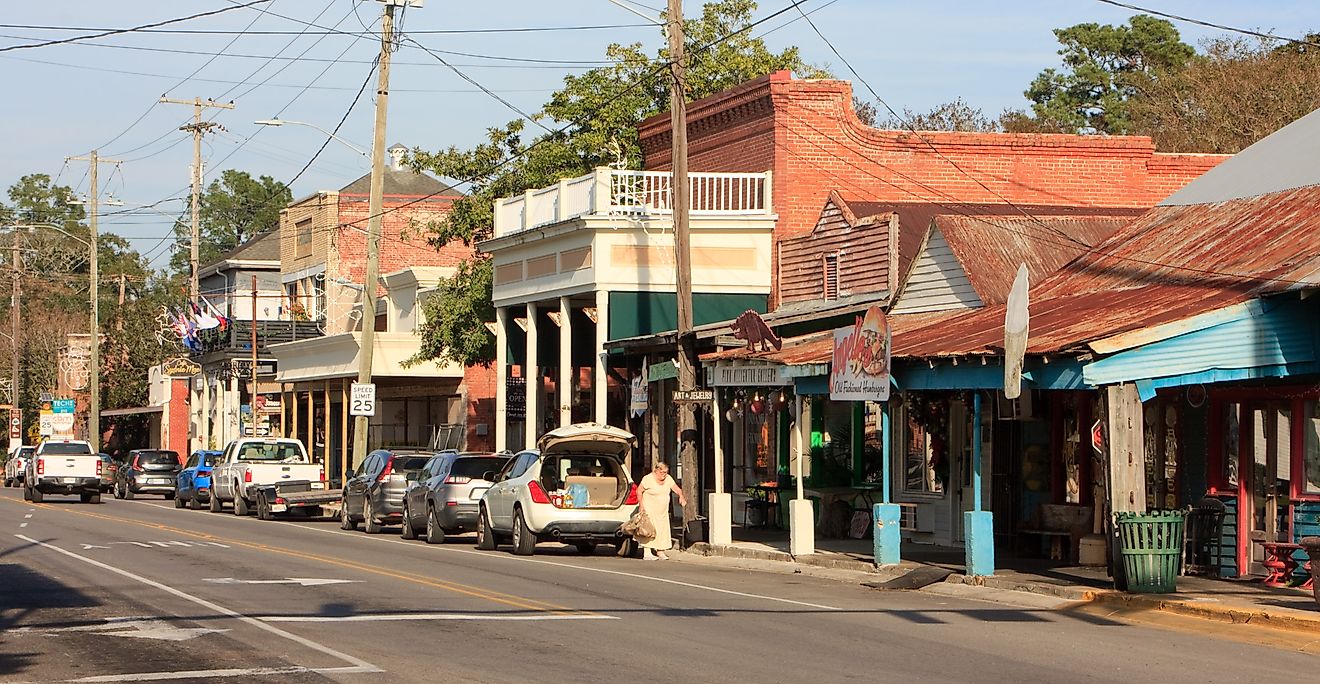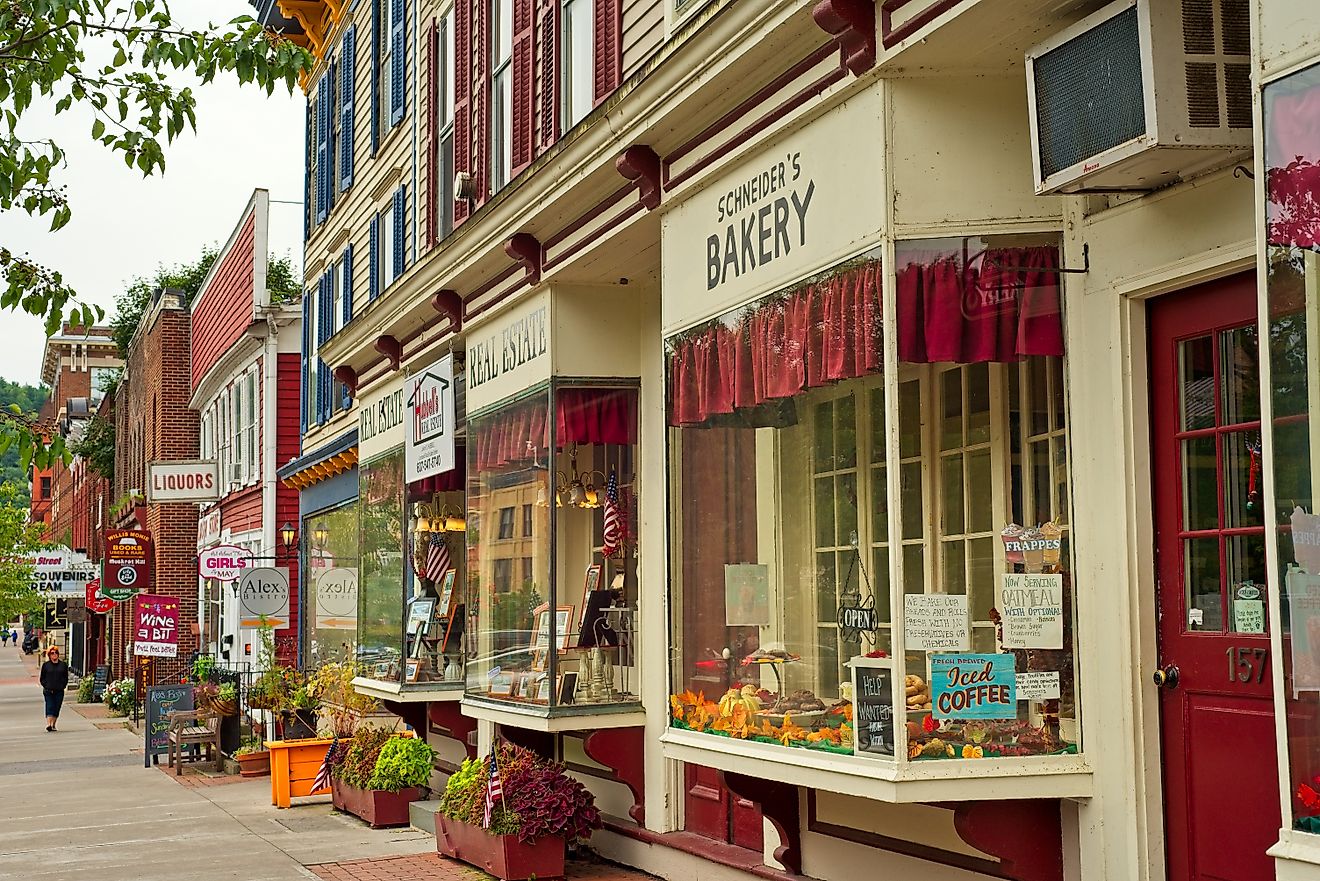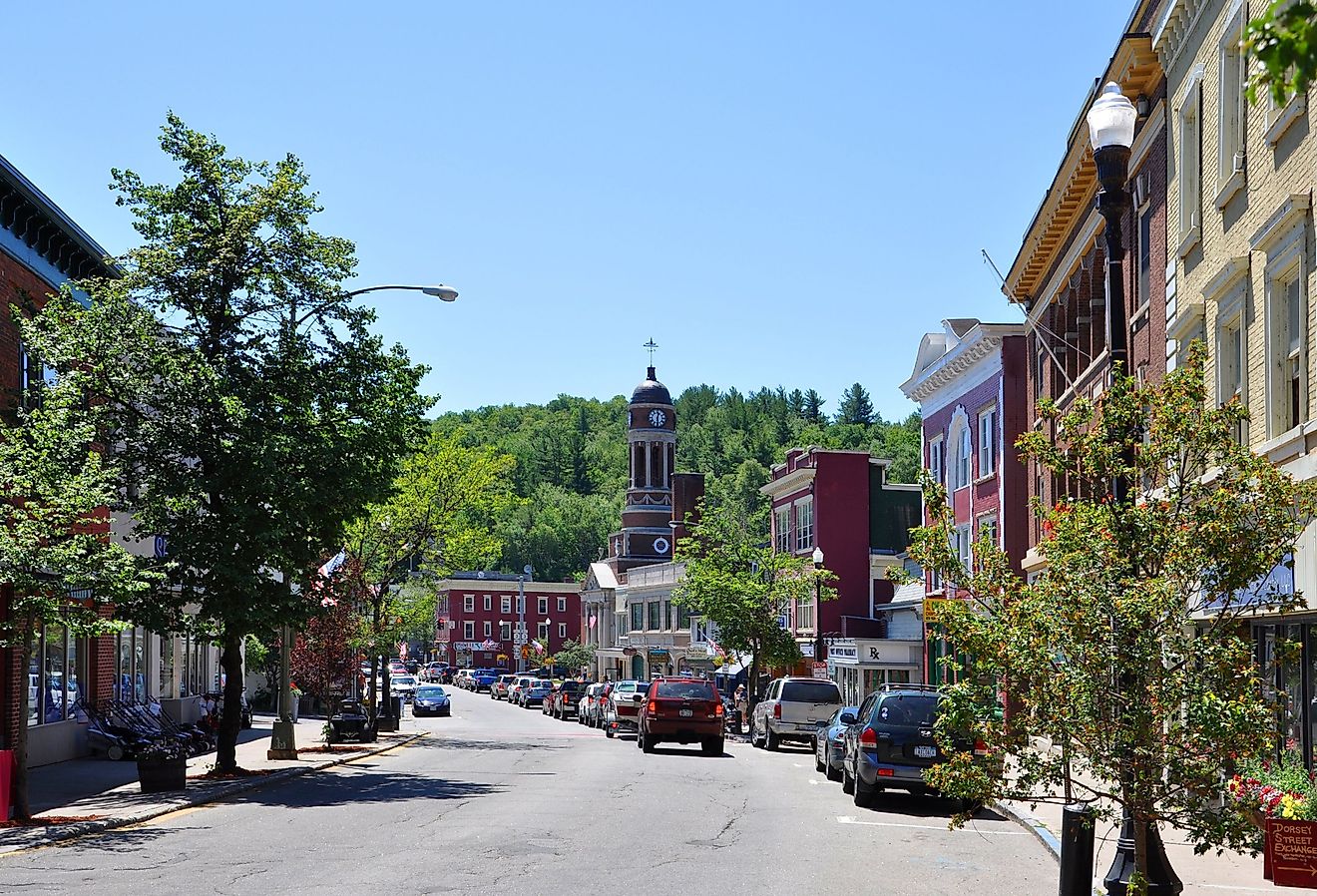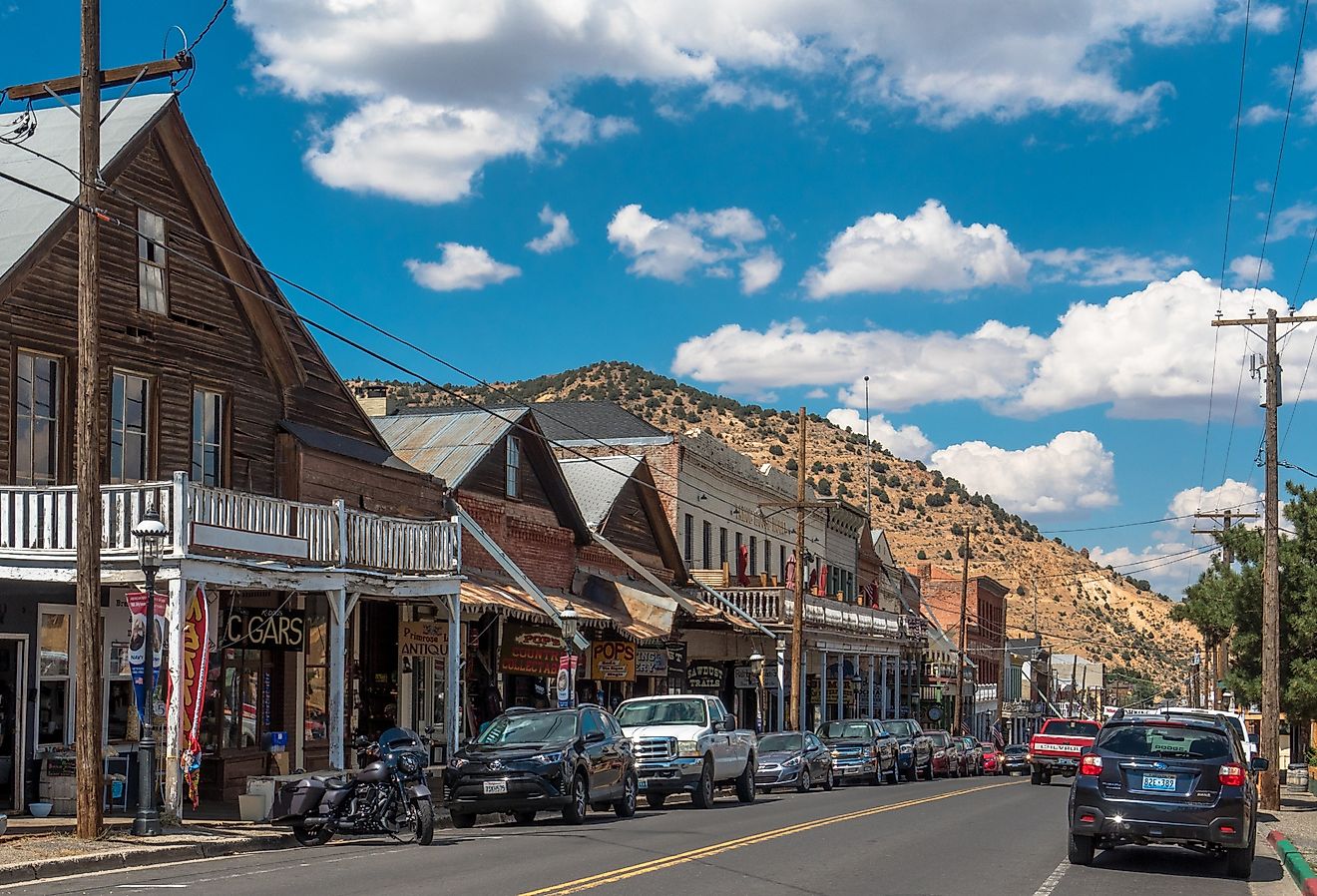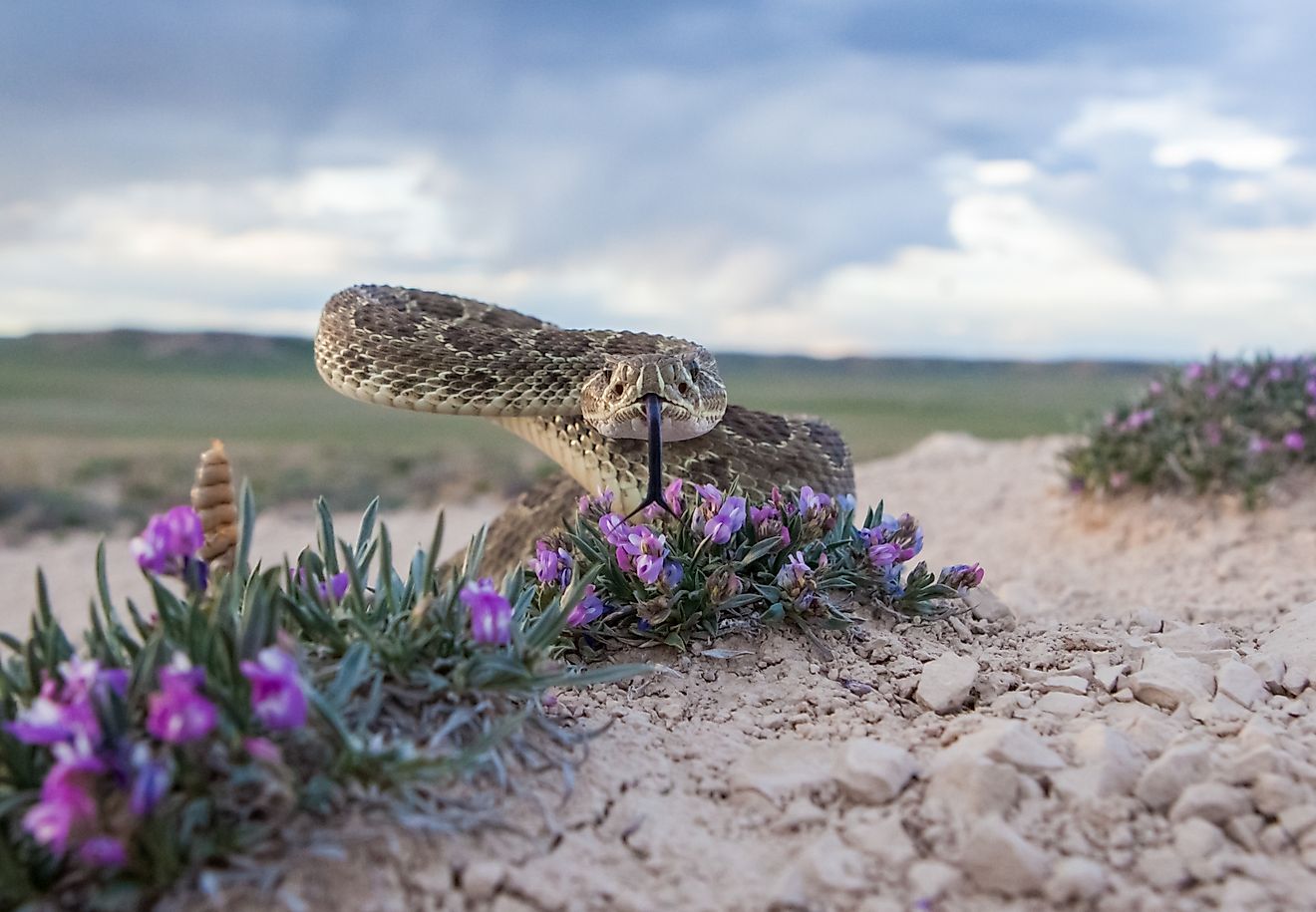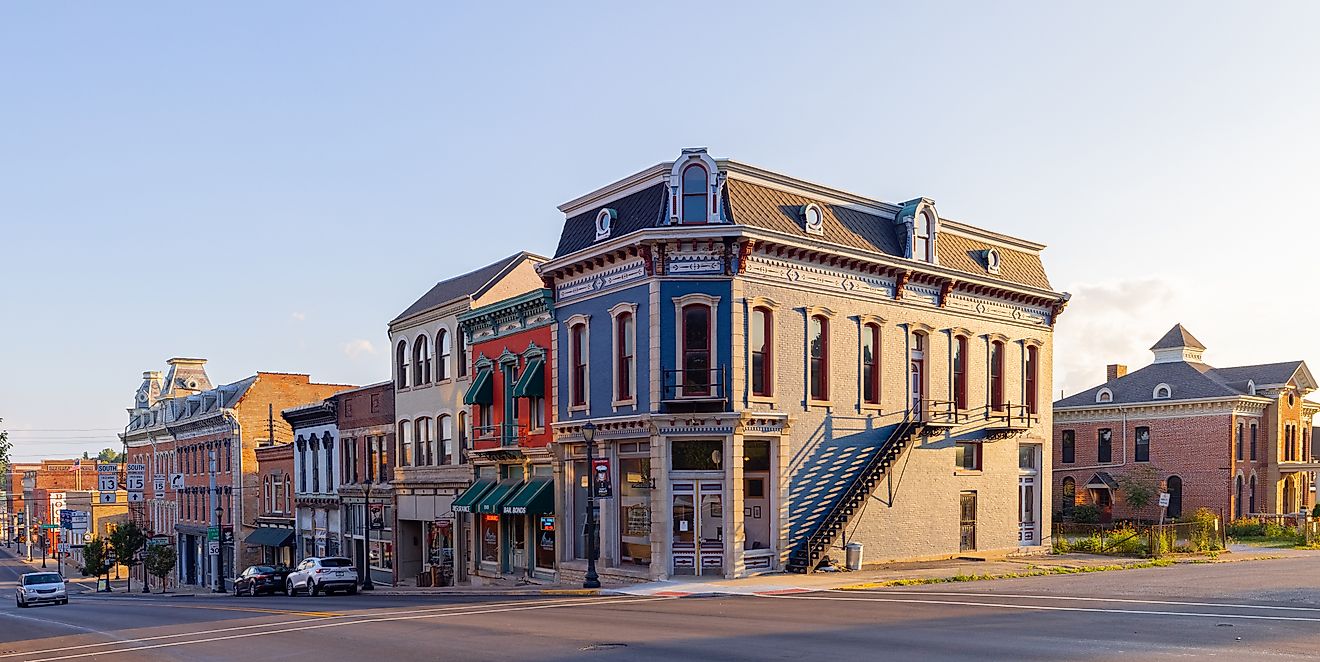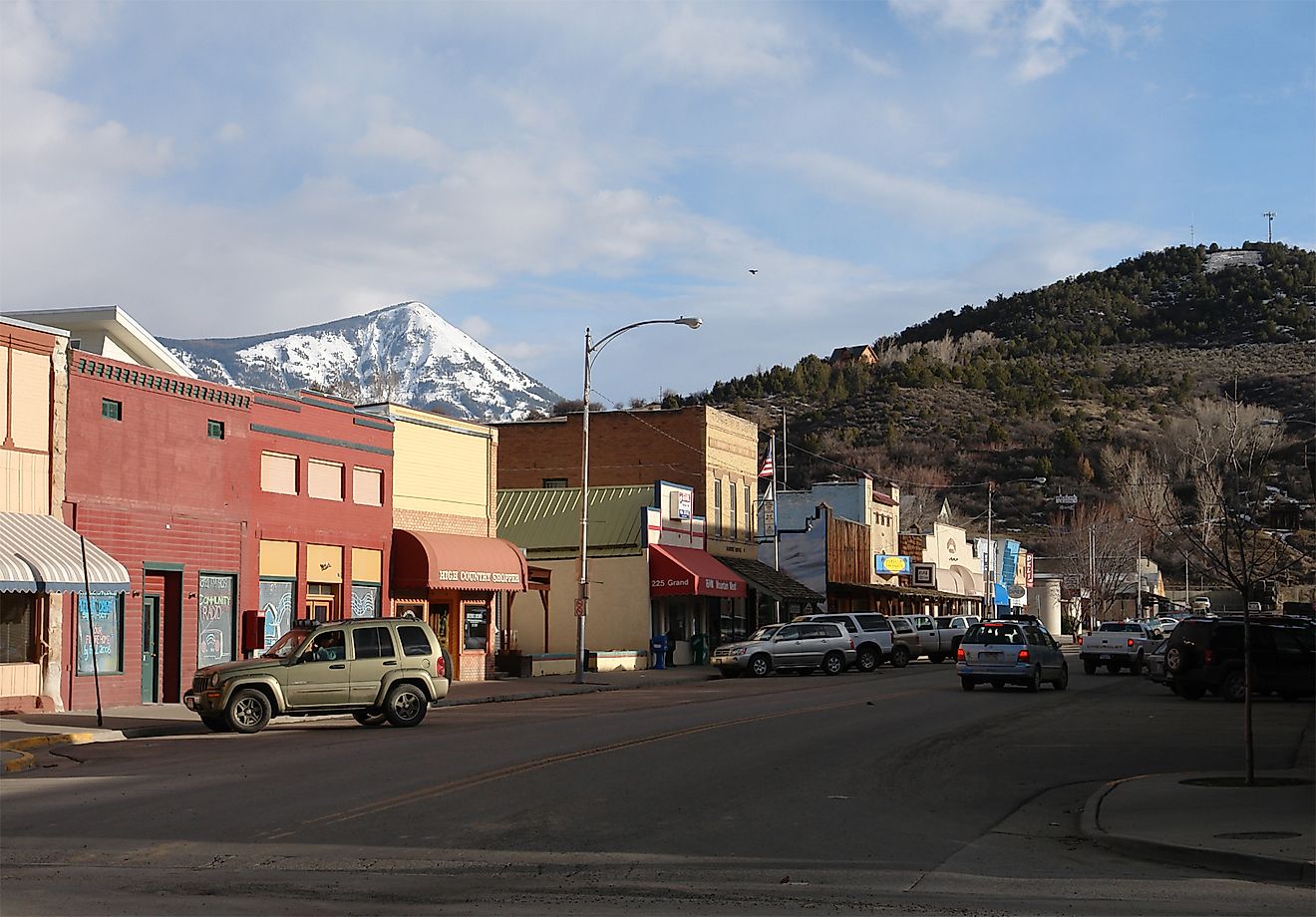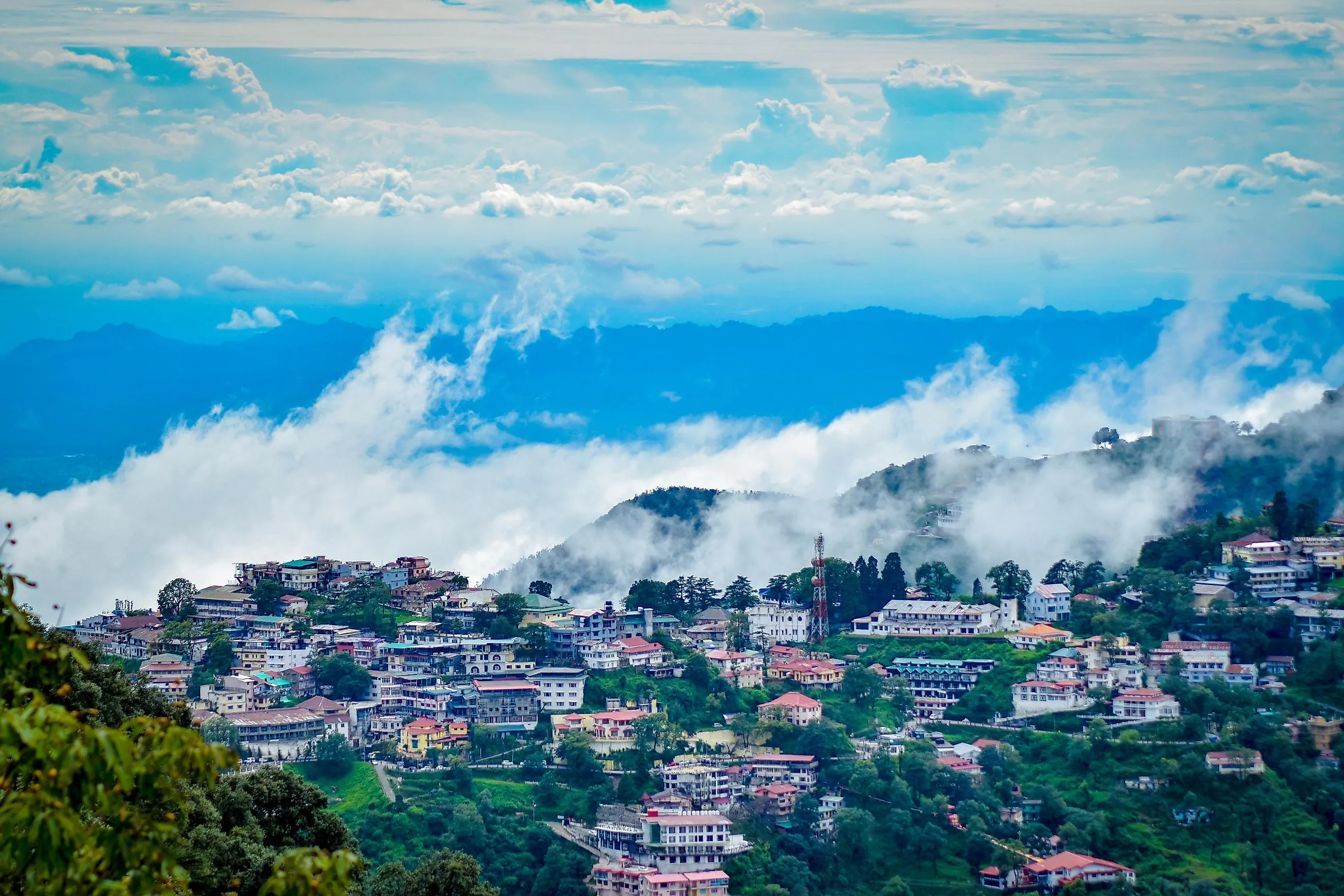
Mussoorie, India
Mussoorie is a paradise that caresses the mind and glorifies the heart. The name Mussoorie is derived from 'Mansoor,' a shrub indigenous to the area. Most of the time, the town is referred to as 'Mansuri' by Indians. Mussoorie, also known as Queen of the Hills, is among India's most famous hill stations.
Geography Of Mussoorie
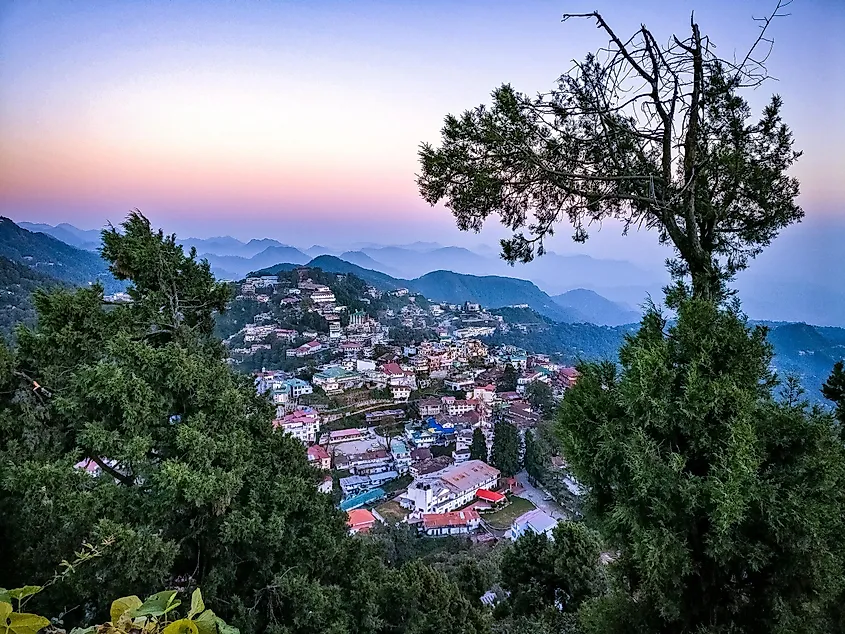
Mussoorie is a town located in the northwest of Uttarakhand state. It is placed about 20 miles north of Dehra Dun, the capital of Uttarakhand, and 180 miles north of New Delhi. Revealing the essence of breathtaking scenery, it stands on a ridge at an elevation of 6,932 feet in the foothills of the Himalayas. The Himalayan snow ranges lie to the northeast, whereas the Doon Valley and Shivalik ranges are set towards the south. Landour, Jharipani, and Barlowganj are well-known towns considered part of Greater Mussoorie. The Lal Tibba Peak, the highest point of Mussoorie, is based at 7500 feet. With this, Mussoorie also serves as a gateway to the Gangotri and Yamunotri shrines which are outstanding tourist sites for several devotees.
Soil Of Mussorie
Mussoorie's soil has caught the vital attention of numerous ecologists and soil scientists from the entire world. Many studies have been conducted to understand the types of soil present in this region. The soil here is found to have an abundant amount of minerals and is fertile but needs specific farming methods to achieve adequate agricultural production. The crops like wheat, paddy, basmati rice, sugarcane, etc., are favorably grown here. Potato is one of the major crops cultivated in this area.
Climate
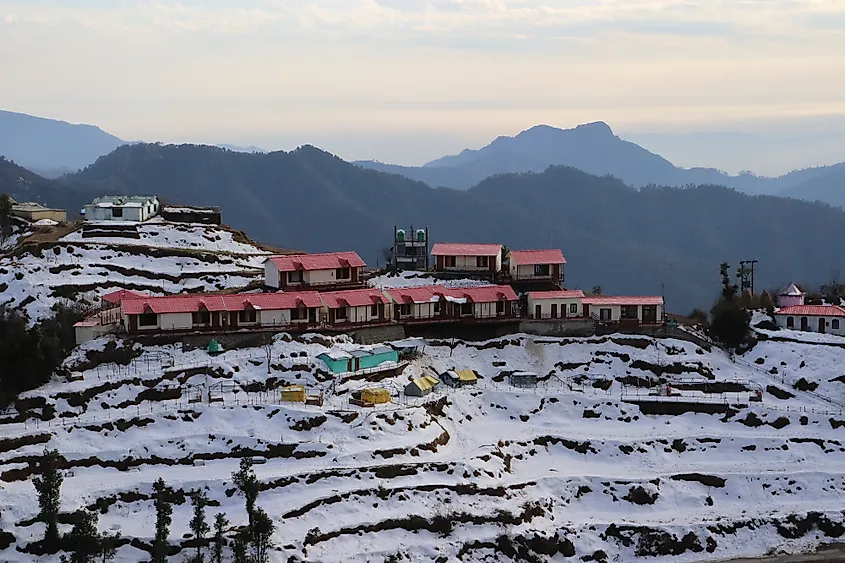
Mussoorie is recognized for its healthy and delightful weather. The summer season lasts from April to June. Due to high altitude, the maximum temperature recorded is somewhere near 30°C, while the minimum temperature is around 10°C during this period. At this time, light woolens are suitable for use. Trekking, rock climbing, and camping become the highlights of this season. The winter season generally lasts from late October to mid-February. The maximum temperature reaches 10°C, whereas the minimum temperature falls to 1°C during the nights. Mussoorie experiences heavy rainfall during the monsoon season from July to September. The mountains are seen to carry a blanket of mist, making the season inappropriate for trekking and driving.
History Of Mussoorie
Mussoorie's history takes us back to when the Gurkhas were the ones to rule the regions. In 1803, Mussoorie was conquered by Umar Singh Thapa and the gang of Gurkhas and was added to their region. However, the Gurkha clan somehow failed to implement their plans for this territory. The negotiations concerning this with the British officers were a failure too. This led to a battle between the Gurkhas and the Britishers on November 1, 1814. Post this, Gurkhas accepted their defeat, due to which they were forced to leave Dehradun by 1815. In 1819, the East India Company successfully invaded the Saharanpur district. Mussoorie was a part of this district. Indian Independence became that ray of hope for Mussoorie and gave rise to its development.
Wildlife Of Mussoorie
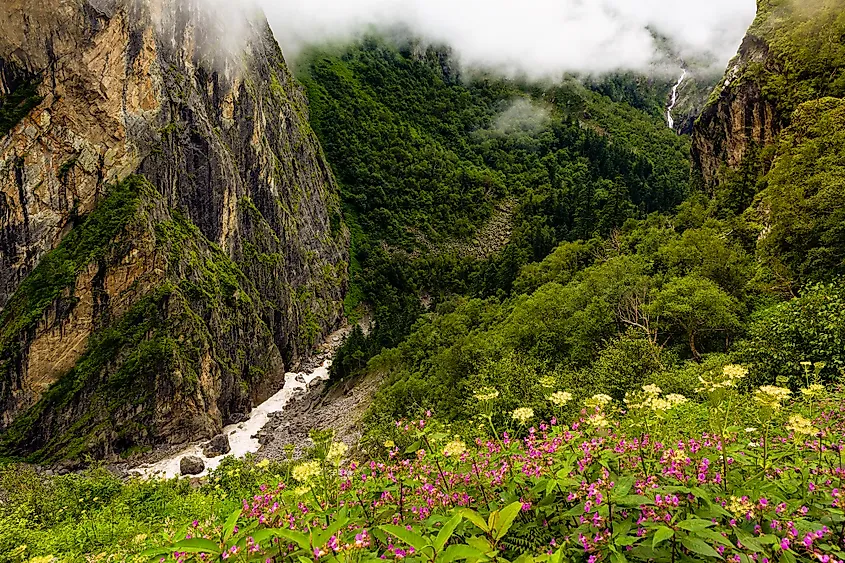
Along with a varied species of birds, the deep jungles of Mussoorie houses leopards, Himalaya black bears, jungle martens, barking deer, rabbits, pheasants, and wild rodents. With these, the region is blessed with numerous fruit trees. Chestnut, Quinn, and Pear are a few to name. Gingko biloba, a medicinal plant, is also found in the locality.
Economy Of Mussoorie
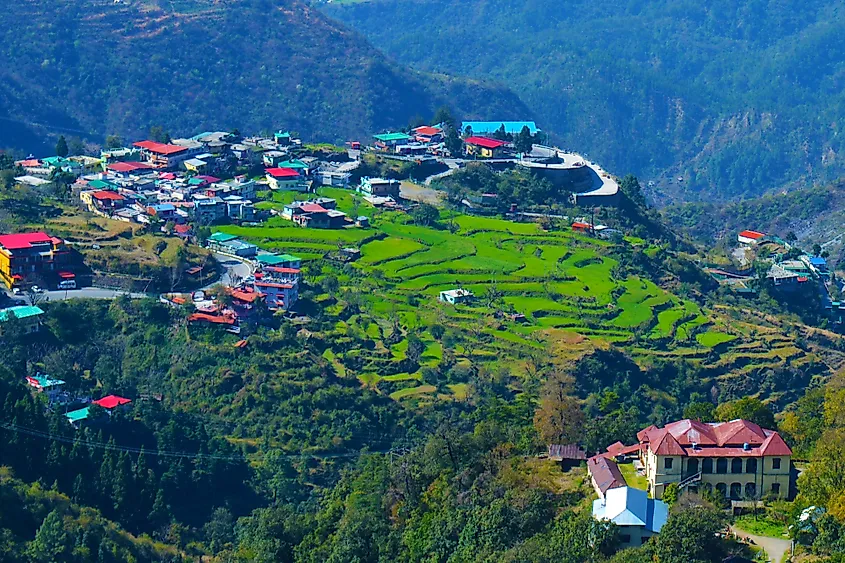
Tourism and agriculture are the most significant sources of business in Mussoorie. In addition to this, many small business houses contribute to the overall economic growth of the region. The tourism industry has not only been a push to several small-scale industries but also has acted as one of the crucial connecting dots to nurture the growth of Mussoorie. Coming to agriculture, both rabi and kharif crops are sown here. The methods used for agriculture are different as the soil in the hilly region requires extra preparation before it becomes available for cultivation. Maize, jhangora, soak, arhar, kulath, mandus, and sugarcane are some examples of kharif crops harvested in Mussoorie. Guava, grape, pear, litchi, lemon, strawberry, etc., are some prominent fruits grown in this area. Apart from these two industries, animal husbandry and handicraft industries also play an important role.
Culture And Tradition Of Mussoorie
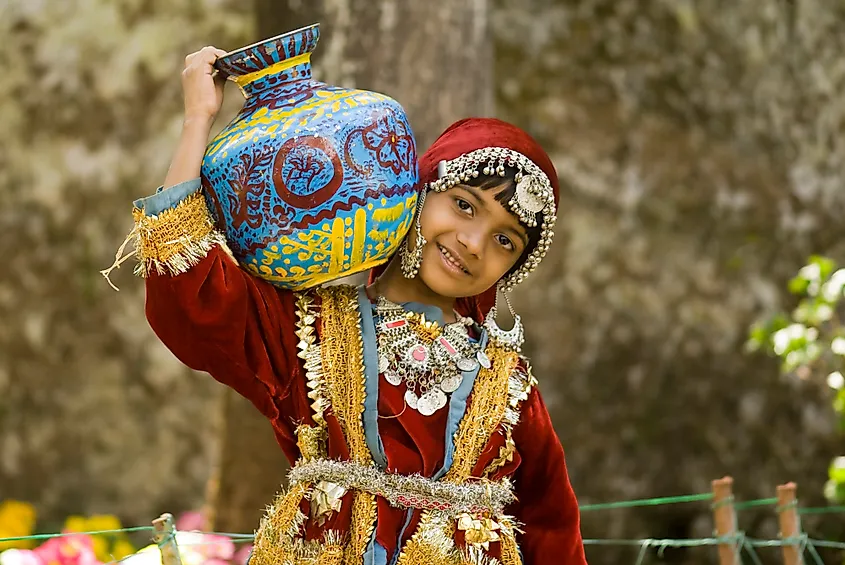
The major language spoken by the people of Mussoorie is Garhwali. They also use languages like Hindi, Punjabi, English, and Kumaoni. The local people of Mussoorie comprise Garhwalis and Tibetans. The population here celebrates many festivals and traditions with neverending joy and satisfaction. Some of the main festivals celebrated here are Basant Panchami, Uttarani or Kale Kaua, Phooldeli, Samvastar Pareva, Hariyala, Bikhauti, Autumn Festival, Gheeya Sankranti or Olgia, Summer Festival, Shravan Mela, The Bhadraj Fair, Kunjapuri Fair, Surkhanda Devi Mela, Tapkeshwar Fair, Mata Murti Ka Mela, and Lakhawar Village Fair.
Places To Visit In Mussoorie
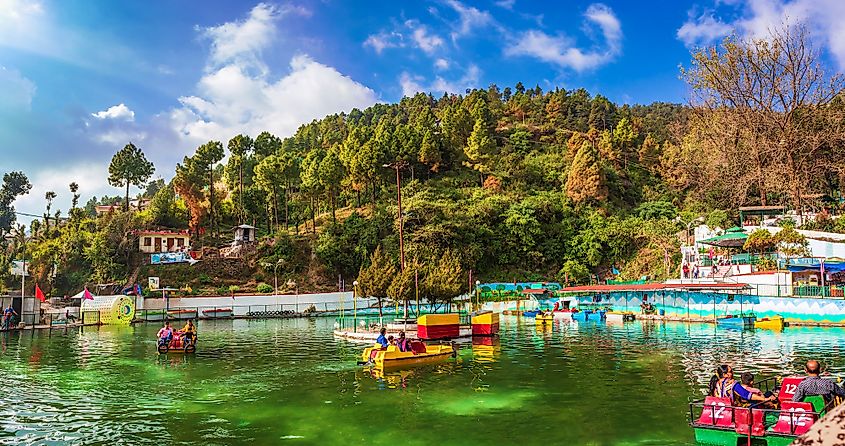
A few incredible tourist spots include Gun Hill, Kempty Falls, Jharipani falls, Mussoorie Lake, Bhatta, and Mossey waterfalls. Falling from a height of approximately 1,364 meters, Kempty Falls offers stunning views of the valley around it. Lal Tibba enables the visitors to witness and experience the magnificence of peaks like Bandarpunch, Kedarnath, and Badrinath. Gun Hill is a magical site that offers a fascinating view of the Himalayas. The Company Garden is one of the finest spots and is maintained by the Garden Welfare Association of Mussoorie. It is bestowed with nature's bounty in the form of pristine water fountains, lush greenery, and interesting flora and fauna. Jharipani Falls offer a peaceful view of the Shivalik range and is an epitome of beauty in itself.
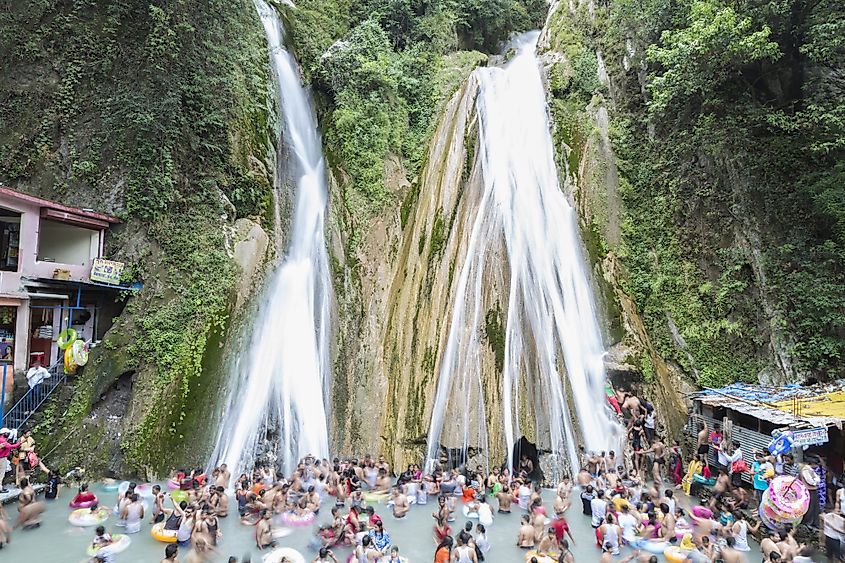
Sir George Everest's House is a thrilling location for the visitors today but served as the home, laboratory, and observatory of Sir George Everest in the past. The place reveals some engrossing information about his life and work of measuring the distance between the mountains of the north. Camel's Back Road, just as the name suggests, resembles the hump of a camel. The favorable time to visit this place is the mornings and evenings. Benog Wildlife Sanctuary is found to be the most visited spot by tourists. Right from the diversified exotic birds to cedar and pine trees, it matches the vibe of harmony with nature. The beauty of these places has captivated the visitors and connected the engaging rhythm to their souls for a long period. Other than this, Mussoorie is a versatile location that celebrates the availability of rejuvenating activities like water sports, hiking, and horseback riding.
One of the published studies mentioned that tourism in Mussoorie has led to environmental pollution and may lead to the degradation of the hill station's scenic charm in the future. It is rightly said that miracles do happen. One such miracle is Mussoorie and the box of scenic delight it treasures. Let us be grateful to this miracle by preserving it and applauding its existence for it to flourish and grow.
